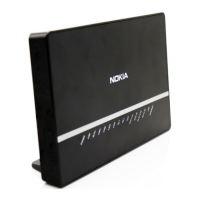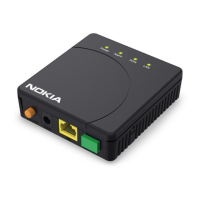FD 100/320Gbps NT and FX NT IHub Services Guide Virtual Private LAN Service
Issue: 13 3HH-11985-AAAA-TQZZA 233
Including the service id is not mandatory but it is recommended as it will reduce the
scope of the command to only the affect service id.
5.12 Configuring BGP Auto-Discovery
This section provides important information to explain the different configuration
options used to populate the required BGP AD and generate the LDP generalized
pseudowire-ID FEC fields. There are a large number of configuration options that are
available with this feature. Not all these configurations options are required to start
using BGP AD. At the end of this section, it will be apparent that a very simple
configuration will automatically generate the required values used by BGP and LDP.
In most cases, deployments will provide full mesh connectivity between all nodes
across a VPLS instance. However, capabilities are available to influence the
topology and build hierarchies or hub and spoke models.
5.12.1 Configuration Steps
Using Figure 30, assume PE6 was previously configured with VPLS 100 as indicated
by the configuration lines in the upper right. The BGP AD process will commence
after PE134 is configured with the VPLS 100 instance as shown in the upper left. This
shows a very bsic and simple BGP AD configuration. The minimum requirement for
enabling BGP AD on a VPLS instance is configuring the VPLS-ID and point to a
pseudowire template.

